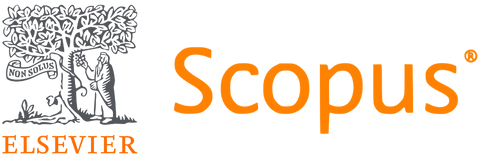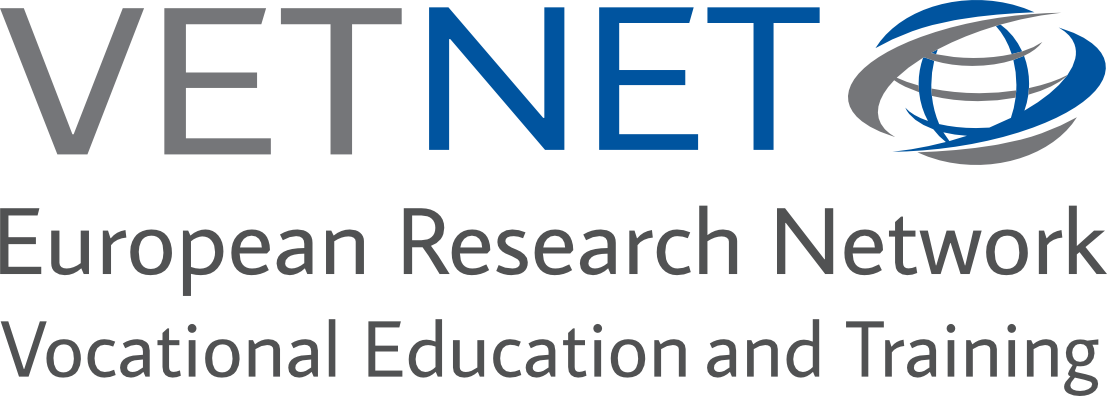Concurrent Vocational Education Through Microlearning Approaches at Higher Education, Assessing the Capacity, Awareness and the Will of Universities in Garowe, Somalia
DOI:
https://doi.org/10.13152/IJRVET.11.2.6Keywords:
Microlearning, Higher Education, Somalia, Vocational Education and Training, VETAbstract
Purpose: The study investigated the possibility of establishing concurrent vocational education and training through microlearning platforms by assessing whether universities in Garowe had the minimum basic facilities to establish such programmes, whether academic staff were aware of the state of vocational education, its importance, the rate of unemployment in Garowe and Puntland in general, and whether university professionals were willing to establish these training programmes as concurrent options.
Method: It was a survey study of a qualitative approach and data was collected using an inventory checklist of institutions capacity, a close ended questionnaire to academic staff on their general perception of vocational education and training, and detailed interviews of both academic and administrative staff purposively selected at higher education institutions in Garowe to find out their willingness as stakeholders to adopt vocational training at higher education using microlearning approaches.
Findings: Universities in Garowe Puntland have the basic minimum facilities to establish microlearning oriented platforms although respondents emphasise that it should be supplemented with some physical practical sessions and modules. It is evident that introducing vocational education at higher education is one of the solutions to the unending graduate unemployment. However just like some respondents recommend, micro-learning for vocational education should be supplemented with some physical practical sessions and modules, hence a kind of blended approach. The study also found that there is hardly any career guidance done at the secondary school level and this affects choice of professional careers as students transition from secondary to tertiary education.
Conclusions: It is evident from findings that the attitude towards vocational education in Puntland has not been good, although with awareness and given the increased rate of graduate unemployment, the attitude can also be changed gradually. The study recommends a needs assessment before establishing certain training programmes to avoid the recurring challenges of mismatch between training programmes and the labour needs plus a need to intensify their international and regional collaborations with more experienced organisations and institutions. There is need for a curriculum review process of the existing university curriculum to accommodate the vocational concurrent programmes.
Downloads
Online First / Final Publication Date
How to Cite
Issue
Section
URN
License
Copyright (c) 2024 Tumwebaze Alicon Auf

This work is licensed under a Creative Commons Attribution-ShareAlike 4.0 International License.





